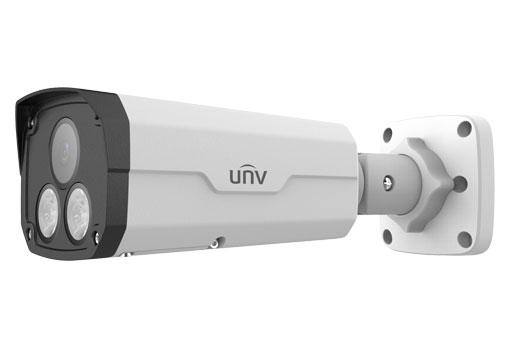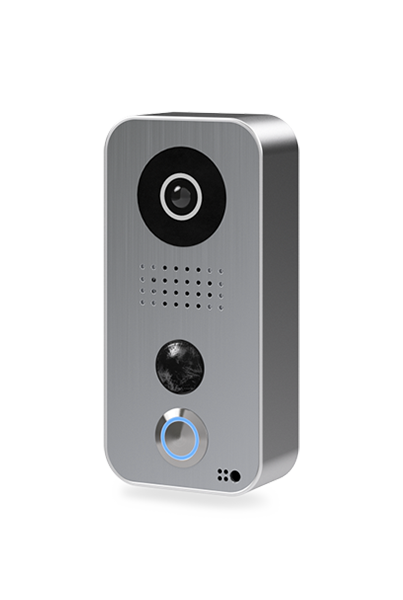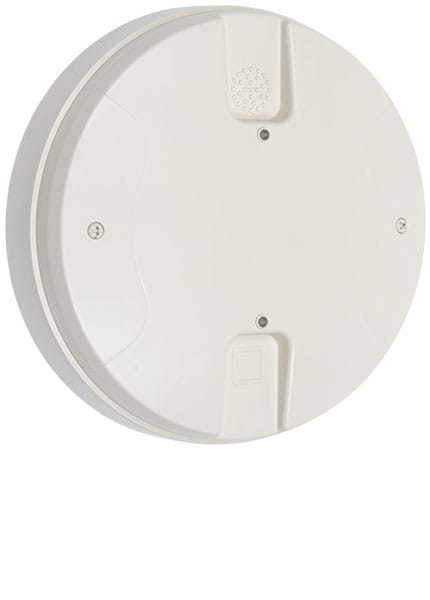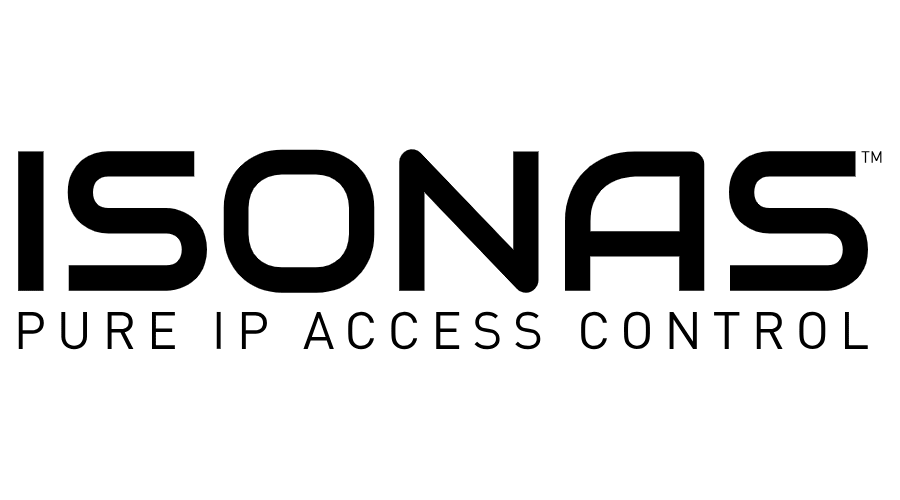Grid-Tied vs. Off-Grid Solar: Which is Right for You?

Let’s clear up one of the most common misconceptions in the solar industry: the idea that you must go “off the grid” to go solar.
This article will explain the different types of solar power systems: grid-tied vs. off-grid.

Many people call us looking for help going “off the grid.” But when we explore their motivations a bit more, we find that what they actually want is to ditch their utility company.
Really, they want to go solar to be independent, generate their own power, and stop paying money to the utility every month.
If this sounds like you, read on. Because you can accomplish all these things without going off the grid. It’s called grid-tied solar, and it’s the preferred type of solar system for any property that has access to power lines.
Why? Because it’s cheaper. No, really, it’s a lot cheaper. You should always build a grid-tied system when you have the option to do so.
Let’s explore why.
Grid-tied vs. off-grid: what do these terms really mean?
The difference between grid-tied and off-grid solar revolves around where you store the energy you generate.
Every system needs a place to store energy so that it can be used on demand. Your panels only generate charge when the sun is out during the day, but you still need a way to turn the lights on in the evening.
With grid-tied systems, the energy you generate is sent into the utility grid. Your panels feed electricity into the grid, which can be distributed to other people in your area.
In return, you receive a credit for the energy you generate, which you can use any time. Think of it like a transaction at the bank: you are allowed to withdraw as much as you deposit. This is what allows you to keep the power on when the sun goes down.
Off-grid systems are different. With no access to the utility grid, you must find another solution to store energy.
For that, you’ll need to add a battery bank to your system. Batteries provide dedicated energy storage. Without any access to power lines, batteries are mandatory for off-grid solar systems.
In summary: grid-tied systems store energy in the power grid, while off-grid systems store energy in batteries.
When in Doubt, Go Grid-Tied
It doesn’t cost anything extra to store electricity in the grid. But adding batteries to an off-grid system is a significant extra cost.
In fact, batteries are the most expensive part of a solar system. They represent as much as 30-40% of the cost of an off-grid system.
Batteries alone are a 4-5 figure investment. For that simple reason, we always recommend connecting a grid-tied system if you have the option.
Why spend thousands of dollars on batteries if you don’t need them?
Browse grid-tied system packages in our catalog.
What about Energy Storage Systems?
Right now you might be thinking, “what if I’m connected to the grid but still need energy storage?”
For that, there’s a third system type. It’s called grid-tied with battery backup (a.k.a. energy storage systems).
These systems connect and store energy in the grid, but they also include batteries. There are two reasons you might want to add energy storage to a grid-tied system:
- Store backup power in case of outages (useful if you live in an area with an unreliable power grid or severe weather)
- Store energy so you can use it or sell it later (useful if you live in an area with a certain utility billing structure, such as time of use rates, high demand charges, or no net metering)
The same caveats apply: batteries aren’t cheap, and adding them to your grid-tie system lengthens your payback period. But in some places, it’s invaluable to add security against harsh weather, outages, and inflated electricity costs.
Energy storage systems provide extra peace of mind and help you get the most out of the electricity you generate. It’s up to you to decide if it’s worth it to spend more on your system for the added flexibility.


































